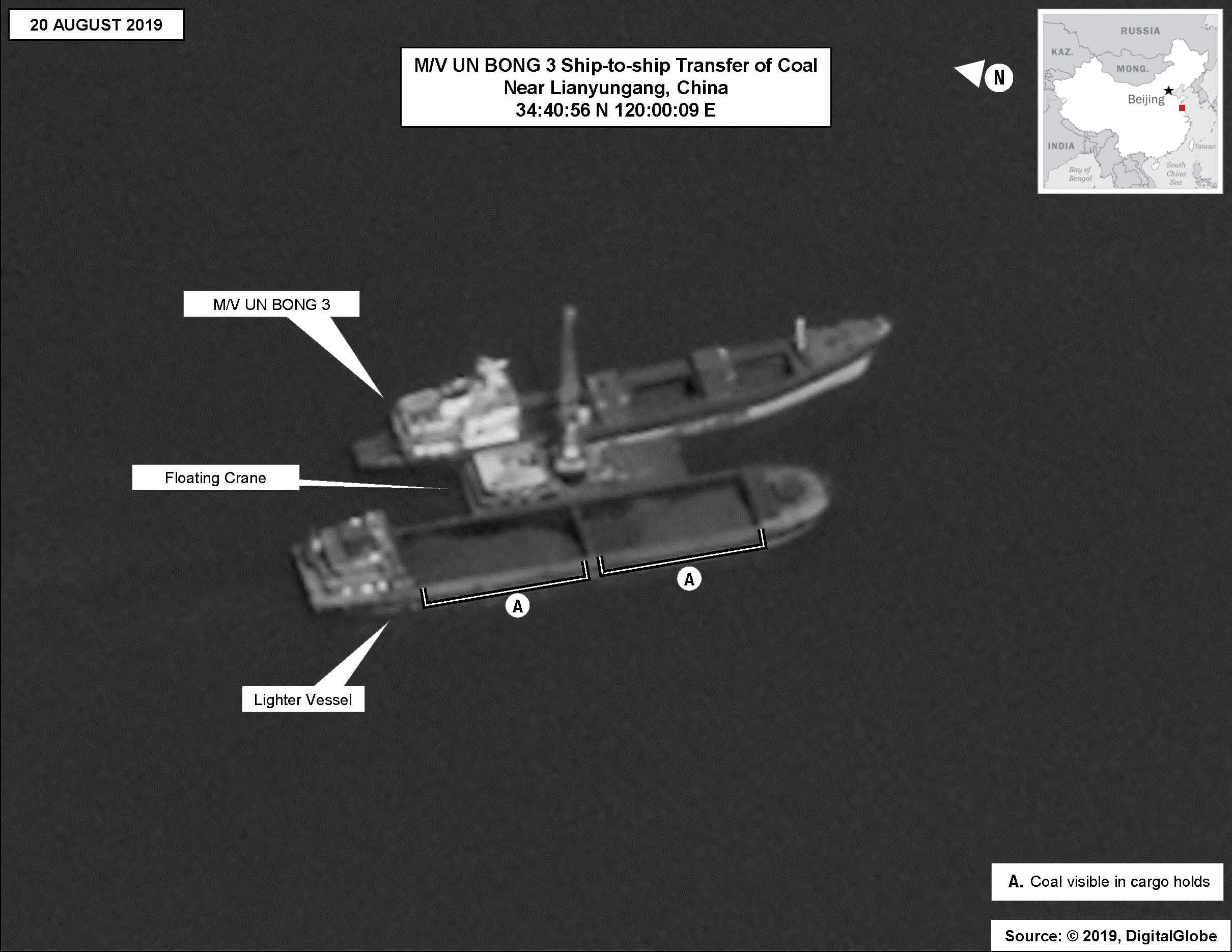Vulnerability of supply chains exposed as global maritime chokepoints come under pressure, UNCTAD’s Review of Maritime Transport 2024 report reveals.
As global trade rebounds from pandemic-induced slowdowns, the maritime industry now faces new threats that put food security, energy supplies, and the global economy at increasing risk.
The 2024 Review of Maritime Transport by the UN Conference on Trade and Development (UNCTAD) reveals growing vulnerabilities at critical maritime chokepoints, including the Panama Canal, Red Sea, Suez Canal, and Black Sea. A combination of geopolitical tensions, climate change, and regional conflicts is shaking the foundations of global maritime supply chains, leading to rising costs and strained logistical networks.
With maritime trade showing a modest growth of 2.4% in 2023, reaching 12,292 million tons, recovery appears fragile. Looking ahead, 2024 is projected to see just 2% growth, driven by demand for bulk commodities like iron ore, coal, and grain. But the long-term outlook remains uncertain, with disruptions threatening to derail maritime routes and escalate shipping costs.
Disruptions at Maritime Chokepoints: A Looming Crisis
The Panama Canal and Suez Canal—arteries of global trade—are under unprecedented strain. Traffic through both canals dropped by over 50% by mid-2024, primarily due to climate-induced low water levels in Panama and the outbreak of conflict in the Red Sea. Meanwhile, tonnage through the Gulf of Aden and Suez Canal plummeted by 76% and 70%, respectively.
The diversion of ships around the Cape of Good Hope has surged, increasing ship arrivals by 89%. However, this rerouting comes at a steep cost. A large container ship carrying 20,000–24,000 TEUs on the Far East-Europe route faces an additional $400,000 in emissions costs per voyage, under the EU’s Emissions Trading System (ETS), when bypassing the Suez Canal. This only adds to shipping expenses, delays, and environmental impacts.
Longer Routes, Higher Costs, and Global Supply Chain Pressure
The effects of these disruptions ripple through the entire shipping ecosystem. Longer routes not only raise fuel costs and emissions but also create congestion at key port hubs like Singapore and major Mediterranean ports. These hubs are now under pressure as demand for transshipment services skyrockets due to rerouted vessels, exacerbating congestion and driving up global supply chain costs.
Rerouting vessels away from chokepoints like the Red Sea and Panama Canal increased global vessel demand by **3%**and container ship demand by 12% in 2024. This surge in demand is placing unprecedented strain on global logistics and complicating the timely delivery of goods.
Small Island States and Vulnerable Economies Hit Hardest
The negative impact of these disruptions is felt most acutely by Small Island Developing States (SIDS) and Least Developed Countries (LDCs). UNCTAD warns that if the crisis at key chokepoints continues, global consumer prices could rise by 0.6% by 2025, while prices in SIDS could climb by 0.9%, with processed food prices possibly increasing by 1.3%. These economies, which depend on shipping for essential imports, are facing a worsening crisis as their maritime connectivity has declined by 9% over the past decade.
Adapting to Climate Change and Building Resilience
Extreme weather events are increasingly disrupting port and shipping operations, exacerbating delays and driving up costs. Maritime chokepoints like the Panama Canal and the Suez Canal are vulnerable to climate-related events, leading to safety risks and operational delays.
To build resilience, the maritime industry must adopt a comprehensive approach. This includes infrastructure investment, capacity building, and embracing low-carbon technologies. The report calls for greater collaboration across the industry, government, and international organizations to bolster the maritime sector’s ability to navigate future disruptions.
Accelerating the Shift to Low-Carbon Shipping
The need to decarbonize the shipping industry has never been more urgent. Despite ambitious greenhouse gas targets adopted by the International Maritime Organization (IMO) in 2023, progress remains slow. Fleet renewal is hindered by uncertainties over future fuels and technology. By early 2024, only 50% of new ship orders were for vessels capable of using alternative fuels, and the scrapping of older ships has slowed, as increased demand and rising freight rates keep aging vessels in operation.
Combating Fraudulent Ship Registrations
An emerging challenge compounding the sector’s woes is the rise of fraudulent ship registrations. Ships that operate under the radar of international regulations, often referred to as the “dark fleet,” are undermining safety, pollution control, and seafarer welfare. The UNCTAD report emphasizes the need for a global crackdown on these practices, urging UN Member States to actively support IMO efforts to combat fraudulent activities and enforce maritime regulations.
Key Recommendations for Navigating Future Disruptions
To address the growing challenges in the maritime industry, UNCTAD’s report proposes several key recommendations. These include strengthening resilience and investing in infrastructure to mitigate disruptions at maritime chokepoints, as well as accelerating the transition to low-carbon shipping through increased commitments to fleet renewal and alternative fuels. The report also emphasizes the need to enhance port efficiency to manage the increased strain on global shipping networks, improve maritime connectivity for Small Island Developing States (SIDS) and Least Developed Countries (LDCs) to keep vulnerable economies integrated into global supply chains, and combat fraudulent ship registration to maintain safety and uphold international standards. These measures aim to create a more resilient, efficient, and sustainable global maritime sector.
The Bottom Line
The maritime industry is at a critical juncture, with disruptions at key chokepoints threatening to derail global trade and increase costs. While growth projections for 2024 are modest, the industry’s ability to adapt to these challenges will determine the future trajectory of global shipping. From decarbonizing the fleet to addressing climate resilience and combating fraud, a coordinated global effort is required to ensure the maritime sector continues to support the global economy.
Full Report: UNCTAD’s Review of Maritime Transport 2024

 Join The Club
Join The Club










